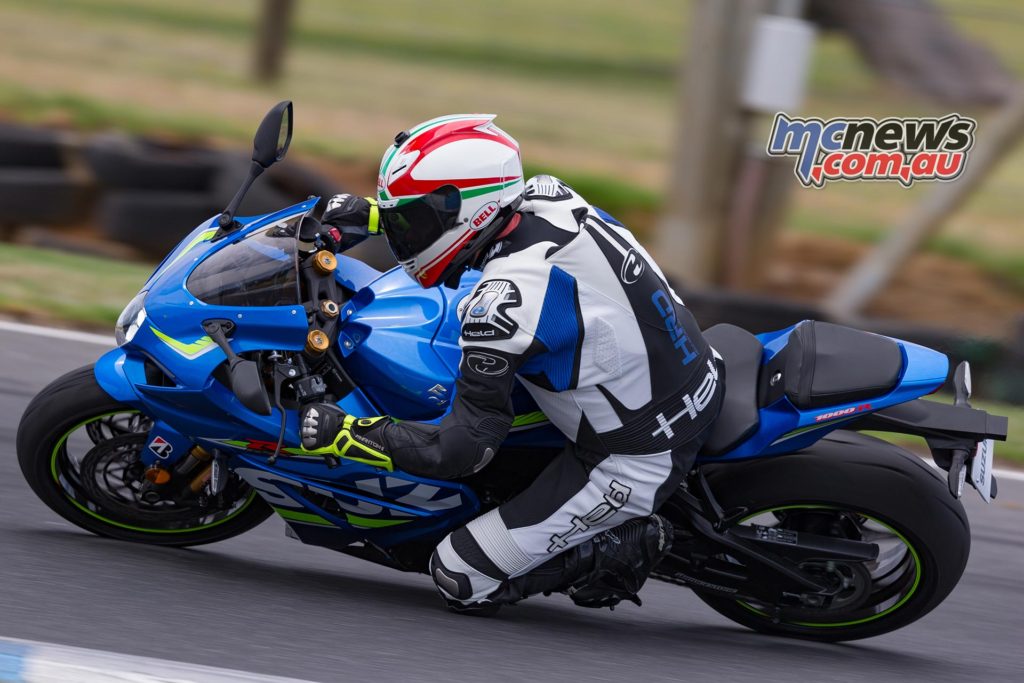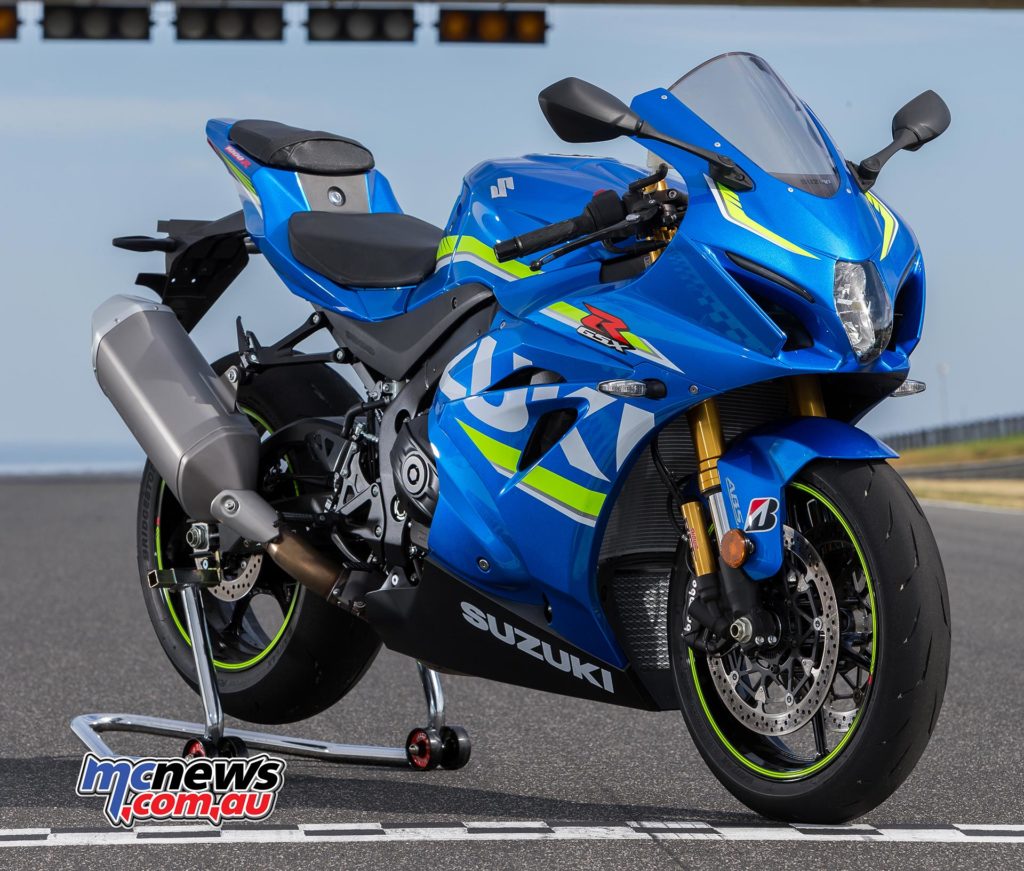2017 Suzuki GSX-R1000R Review Page Three
I decide that I should give the electronics a go in the other direction, for longevity of both the machine and rider. You can adjust the traction control setting on the fly, although it must be done with a closed throttle, so I button off down the straight and increase the traction control level to six.
It instantly feels like the bike has dropped two cylinders on the exit of the corners. This is not a bad thing from a road riding perspective and I think having these aids is a great feature. However on the track and being accustomed to being able to turn the bike with the rear, this creates a few issues.

The bike no longer wants to punch off the corner and is instead more focused on making sure the rear wheel doesn’t move an inch. I decide to settle back at traction control level three, which gives a good feel for spin, without inhibiting the ability to turn the bike with the rear.
I have to admit, I would love more time to play with the electronics and understand the systems in more depth…
The standard gearing works well around Phillip Island, although first is little short for the two tight corners in Turns 4 and 10, while second is a little tall and the engine labours a little with the low rpm. But these are very minor negatives and just me being fussy.

What I did find interesting is the fact that the GSX-R1000R doesn’t have a ride height adjuster in the rear shock, and there is no option to be able to adjust the swing arm pivot.
From a road prospective these are not that important, as the base setting is incredibly good, but from a racing perspective, I thought that the R model may have had those features.
Chassis Technical Video
[youtube id=”NZFDo5QeOnA” width=”100%” height=”400″]
In session three I leave TC at level two, as we are still on the standard road tyres, and having a little bit of assistance takes the edge off the brain box trying to constantly react to every small movement.























